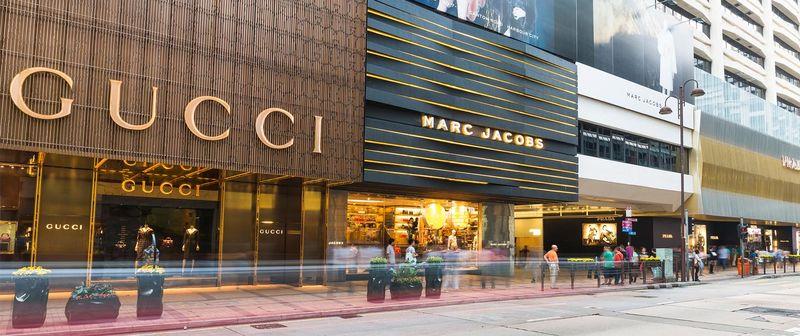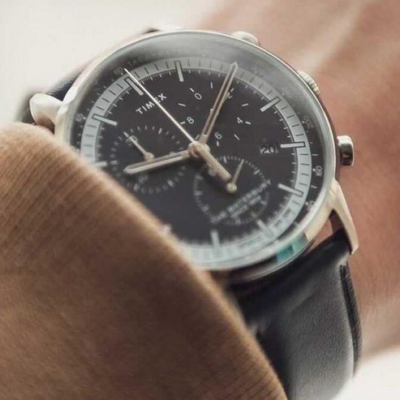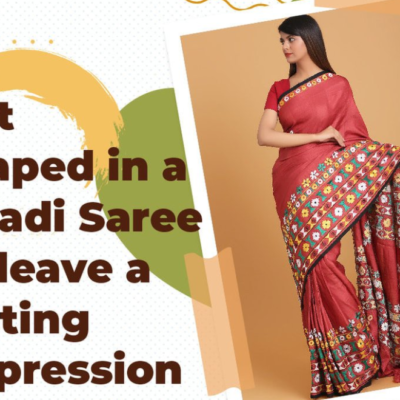The ongoing situation has caused significant changes in consumer buying patterns. They have shifted from conspicuous buying to conscious buying, which is why the brands will have to take strategic measures to get back on track.
COVID-19 cast a dark shadow on the entire world, crippling the economy and pushing many industries into oblivion. However, there is one good that the pandemic has done to the luxury industry, which is creating new markets.
Luxury goods and services have always been an elite affair, something which has always been considered for the upper segment, but the universal lockdown resulting due to the outbreak of the deadly coronavirus induced the industry to rethink its working patterns. Ateliers, that once used produce eponymous scarves and perfumes have shifted their entire focus on producing face masks, sanitizers, and ventilators to contribute in the fight against the contagious disease.
Big names like Louis Vuitton, Giorgio Armani, Prada among others acted mindfully, understanding the responsibility they carry towards the society as the world’s leading players of fashion. But, as gradually things are easing down on the retail front, with many countries resuming their markets and allowing retailers to reopen, these brands must fashion out great strategies in order to re-build their patronage. As per recent reports by Bain & Co., and McKinsey, global luxury sales could drop up to 35 percent by the end of 2020.
The ongoing situation has caused significant changes in consumer buying patterns. They have shifted from conspicuous buying to conscious buying, which is why the brands will have to take strategic measures to get back on track.
Smita Jain, Director – MGLUXM, SP Jain School of Global Management says, “The impact may vary subjectively with regard to the country or the target population.” “Most of these workers represent the lower-class income segment who have relocated from their hometowns to find a better-paying opportunity. Due to the pandemic they somehow suddenly find themselves out of work and under lockdown. However, the large conglomerate groups are paying their employees or at least providing food and shelter during this crisis. This situation may continue for a couple of months given that work from home option is impossible given their nature of jobs,” she explained.
DIGITIZATION IS THE KEY
Luxury has always been bespoke, offering customers incredible experiences but this pandemic has kept the patrons away from the affluent stores. Therefore, social media and virtual platforms are the only way to stay connected with customers. Online channels have stayed dominant during the months-long lockdown, influencing many brands to increase their presence on these channels.
“Most luxury brands are resorting to heightened digital engagement. Storytelling, dynamic visuals which depict the brand savoir faire, history, and provide an irreplaceable meaning to luxury consumers are the focal point of every luxury brand’s communication strategy today. We will see a new era open up for luxury brands, while most of the brands are still unconventional and flexible in their approach towards connecting with consumers, it will be interesting to see how the traditional brands can come out of this,” Smita Jain said, adding, “This lockdown is apt for luxury brands to reinvent themselves, to digitize their processes and enhance their systems and technology. This will allow them to develop operational efficiencies and provide personalized experiences to the consumers.”
The convenient nature had attracted youngsters from all walks of life to shift to the rising digital retail, however, the pandemic brought people from all age groups to a realization that apart from being a convenient medium, online platforms offer greater security in the zero-contact era.
WHAT IS IN THE FUTURE?
COVID-19 has forced luxury brands to pivot their trajectories, not only from the demand side but also from the supply side. China, is currently the manufacturing hub of most of the luxury retailers, with 70% of the global luxury goods like handbags, leather goods, etc. being produced in the country. This decades-old tradition will, however, take a break. Disrupted supply chains and the infamous outbreak of the COVID-19 from the Wuhan city of China contributed to this momentous decision. Thus, the supply chain will experience a gradual transition to other countries like Vietnam, Indian, and Taiwan.
“Ultimately the symbolic value of a luxury isn’t going to change. Most of these luxury brands have been around for hundreds of years. There is always going to be demand for something that is handcrafted, premium quality, and of lasting value. Overall, this may cause luxury brands to return to their roots and indulge in more storytelling and emotional engagement,” she concludes.





